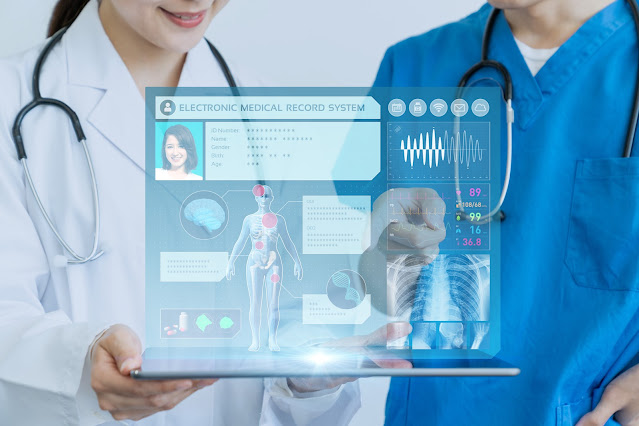Positron Emission Tomography (PET) Scanners Market: Emerging Applications in Drug Development and Clinical Trials
%20Scanners%20Market1.jpg)
Positron Emission Tomography (PET) Scanners Market
Positron Emission Tomography (PET) scanners have emerged as powerful tools with diverse applications in the field of medical imaging. Beyond their well-established role in clinical diagnostics, PET scanners are increasingly being utilized in drug development and clinical trials. The unique capabilities of PET imaging enable researchers and pharmaceutical companies to gain valuable insights into drug behavior, target engagement, and treatment efficacy, thereby revolutionizing the drug development process.
One of the primary applications
of PET scanners in drug development is the assessment of drug pharmacokinetics.
PET imaging allows researchers to track the distribution, metabolism, and
elimination of radiolabeled drugs in real-time. By monitoring the drug's
journey in the body, researchers can identify potential drug-drug interactions,
evaluate the drug's bioavailability, and optimize dosing regimens.
Additionally, PET scans play a
crucial role in understanding drug-target interactions. Radiolabeled compounds
can be designed to specifically target disease-related biomarkers or receptors.
PET imaging can then visualize the drug's binding to these targets, providing
essential information about target engagement and drug efficacy. This data is
invaluable in early-phase drug development, helping researchers identify
promising drug candidates and assess their potential effectiveness.
According to Coherent Market Insights, the global
positron emission tomography (PET) scanners market is estimated to
account for US$ 1,107.6 Mn in 2019 in terms of value and is expected to reach
US$ 1,549.7 Mn by the end of 2027.
Furthermore, PET scanners are
being increasingly used to evaluate drug safety and toxicity. Preclinical
studies involving animal models and human clinical trials benefit from PET
imaging to assess the potential side effects of new drugs. This non-invasive
approach helps researchers identify any adverse effects on vital organs or
tissues, aiding in the selection of safer and more effective compounds for
further development.
Another emerging application of Positron
Emission Tomography (PET) Scanners Market in drug development is
the assessment of treatment response. In clinical trials, PET scans can be used
to monitor how patients' bodies respond to experimental treatments. Changes in
PET imaging parameters, such as tumor metabolic activity or blood flow, can
serve as early indicators of treatment efficacy. This allows researchers to
make informed decisions about continuing or modifying drug development
strategies.
The use of PET scanners in drug
development and clinical trials is not limited to oncology but extends to
various therapeutic areas, including neurology, cardiology, and immunology. The
versatility of PET imaging in visualizing specific molecular and cellular
processes makes it applicable to a wide range of diseases and drug types.
Despite the numerous advantages,
challenges remain in fully harnessing the potential of PET scanners in drug
development. These challenges include the development of new and more specific
radiotracers for different targets and the high cost associated with PET
imaging. However, ongoing research and collaborations between academia,
industry, and regulatory bodies aim to overcome these obstacles and foster the
growth of PET's role in drug development.
The emerging applications of PET
scanners in drug development and clinical trials have transformed the
pharmaceutical industry's approach to research and treatment. The ability to
visualize and quantify drug behavior in vivo, evaluate target engagement, and
monitor treatment response offers unprecedented opportunities for personalized
medicine and the development of more effective and safer therapeutics. As the
technology continues to evolve and radiotracer development progresses, PET
scanners are poised to play an increasingly critical role in advancing drug
discovery and improving patient outcomes.



Comments
Post a Comment